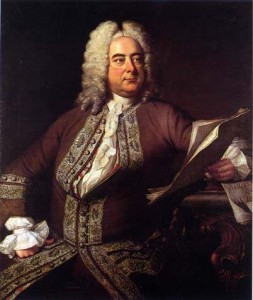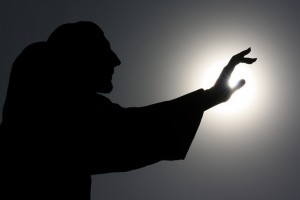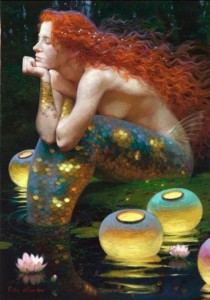26 marzo 2013
Nella curiosa e lieta familiarità che talvolta appare nel camminare in territori sconosciuti, subito dopo il primo respiro solitario, rifluisce il passato che si fa dinanzi e ci accompagna nel sentiero. La folla degli eventi possibili e accaduti dispiegano ventagli di emozioni, come questa Passacaglia dalla Suite n. 7 di George Friedric Haendel che offre arie in progressione, con sequenze di note ripetute in modo analogo all’arte della fuga di Johann Sebastian Bach. Infatti, abbiamo già un’idea di dove andrà la cellula musicale ripetendosi in toni di poco diversi.
Nell’ascolto e nel contemporaneo ricordo del motivo precedente, vibra in noi dolcezza e nostalgia. Le note si aprono nella rincorsa degli archi come lacrime che scendono sui sorrisi pizzicati dell’arpa. Ogni motivo non si chiude, perché ricomincia come un passo dopo l’altro in un ritmo cadenzato di un sentiero sempre più largo in una progressione indefinita verso noi stessi. E infatti l’arpa raccoglie tutti gli spicchi dei suoni precedenti.
Come una fontana che raccoglie i flussi, così, appena finito il getto d’acqua, questo s’adagia e s’appresta a ripartire con una cascata di note raccolte nei violini e pronti a gettarsi in toni più alti.
Come l’arpa è pronta a ricevere il nuovo annuncio, dopo una breve sospensione, così noi in seguito, attoniti per la meraviglia, ricominciamo il cammino accompagnati da nuovi riflessi di quello che siamo stati.
Georg Friedrich Händel ritratto da Thomas Hudson nel 1749.
immagine presa da QUI
Per ascoltare la Passacaglia dalla Suite n. 7 di George Friedrich Haendel premere QUI





